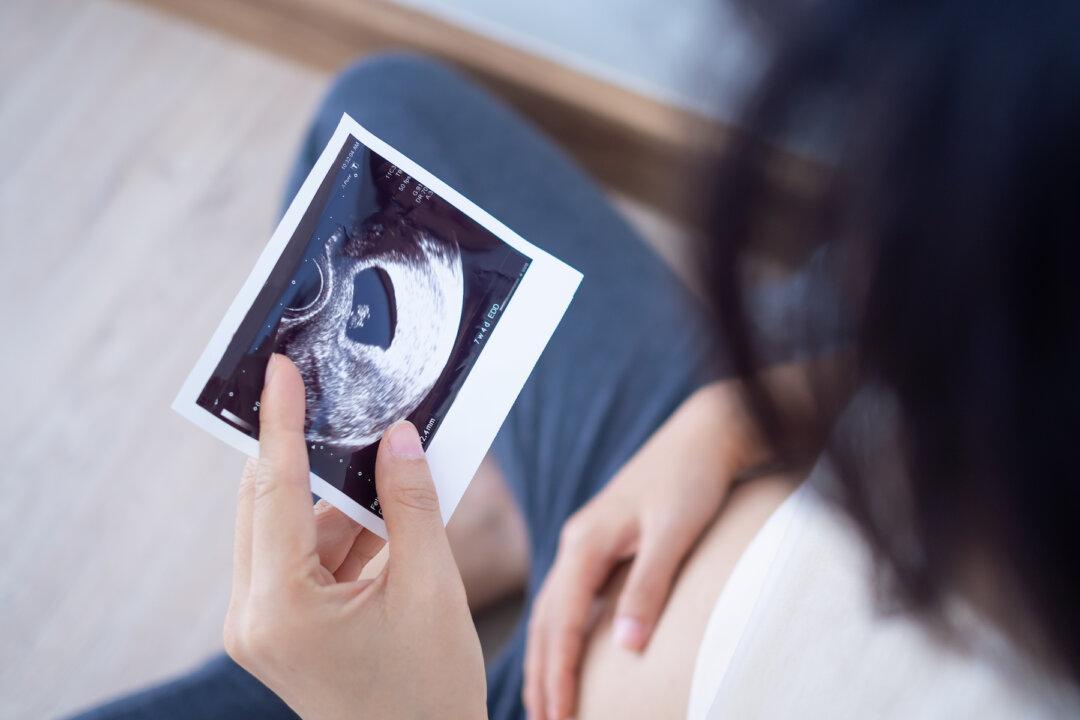The authors of the Centers for Disease Control and Prevention’s Morbidity and Mortality Weekly Report are afforded the luxury of broadcasting their findings to massive audiences through media outlets that don’t hold them accountable for even gross lapses in scientific rigor.
This article was originally published by The Defender - Children’s Health Defense’s News & Views Website




